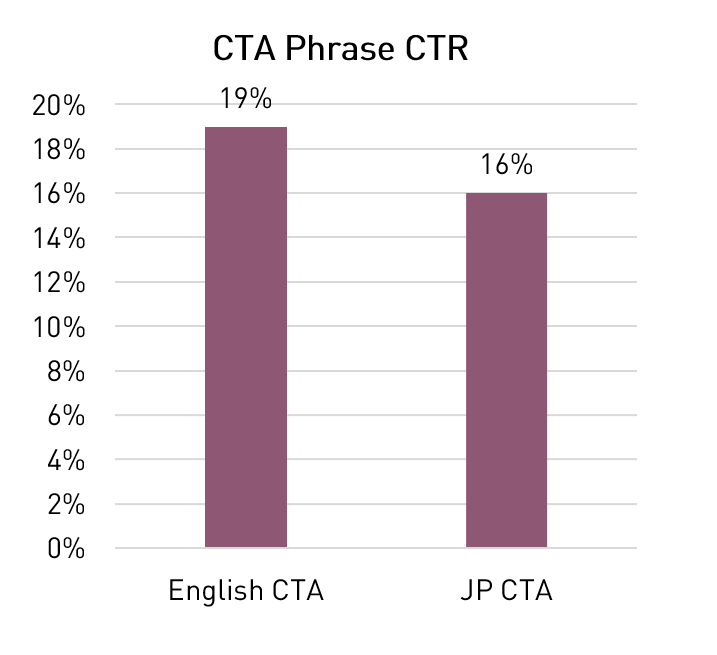What can proper names tell us about corpus-based translation studies?
Have you ever considered the challenges that a common proper name can present for a translator?
For example, in a sentence such as “I felt like Jeremy Paxman conducting a Newsnight interview” how can this be translated for a culture where Jeremy Paxman is not known and Newsnight has never been shown on television? Trying to convey the meaning and more importantly, the connotations of a proper name to a different culture is one of the biggest challenges that a literary translator faces.
The chapter published in Perspectives on Translation addresses this question in line with the latest developments into Corpus-based Translation Studies and Corpus Linguistics.
Corpus linguistics uses collections of texts, a corpus, and different computational statistics to analyse language and its uses. Corpus-based Translation Studies applies these methodologies to the study of translated texts and language. Using Corpus Linguistics tools in a comparative study of British modern fiction novels and their translations into Spanish and Italian, Laura finds that Italian translators tend to introduce more changes to the text and the names within it than Spanish translators that use more foreign elements in their translations.
And what happens in Digital Marketing nowadays? Locaria’s Performance Linguistics proposition, uses similar tools and analytical methods to evaluate the performance of language in online channels. Testing different word phrases and combinations and applying the learnings to future work.
In a similar way to what happens with proper names in Spanish literary translations, it seems that the fashion world today tends to use more and more terms in English. We wanted to evaluate this trend in the Japanese market. Historically, this market has been open to western cultures and already accustomed to mixing alphabets, as they combine everyday hiragana and katakana elements. Hiragana is used primarily for native or naturalised Japanese words and grammatical elements whilst katakana is used for foreign words and names. However, this culture is also very protective of their language, so the hypothesis was that the introduction of yet another alphabet in the copy could have a negative impact on the performance.
An A/B test was devised with one ad copy using solely Japanese language and another one introducing short English verbs as call-to-actions. These punchy elements were designed to attract the attention of the users emphasising the foreign identity of the brand.

The results indicate that ad copies with an English call to action phrase have a higher click through rate than the ones containing only Japanese elements.
Using language as its own performance channel can bring in another element to multilingual PPC, making a brand stand out and contributing to an improved performance within the target markets.
Find out more about the book:
http://www.cambridgescholars.com/perspectives-on-translation
Visit the Centre for Corpus Research to find out more about Corpus Linguistics:
http://www.birmingham.ac.uk/research/activity/corpus/index.aspx



